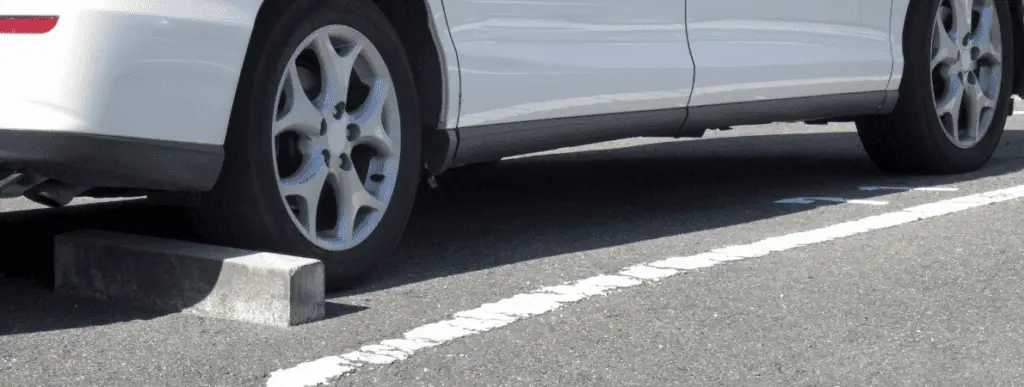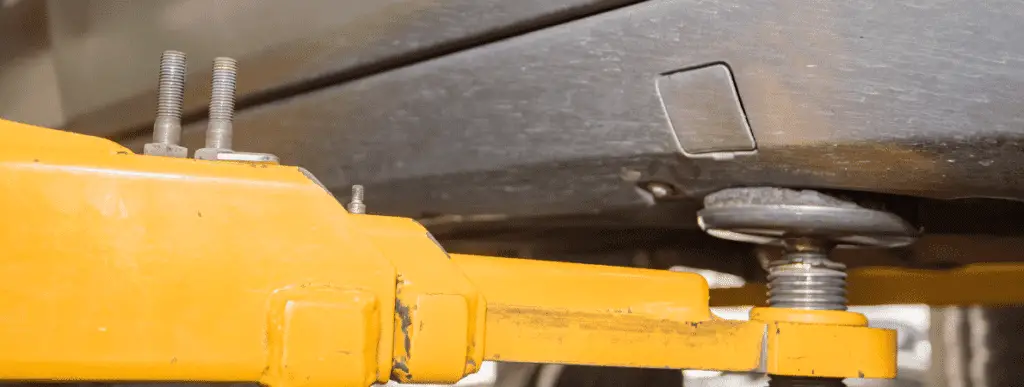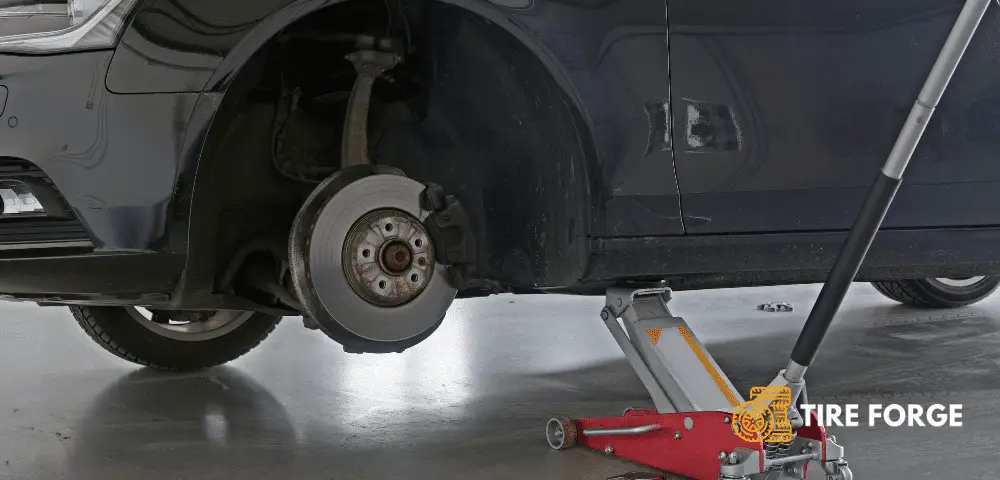There are times when you will have to fix your car when it has issues, and having the right equipment is important. Different parts of a car could develop faults – even underneath. When that happens, the most important equipment that will be of great use is a car jack.
Here is an article on how to put a jack stand under a car.
Where Do You Put The Jack Under a Car?
A Car Jack is an equipment used to raise a vehicle so that the underparts can be worked on.
It comes with a Jack Stand which is often used to support the weight of the vehicle and hold it steady while you do some repair work. The common use of jacks, however, is in the changing of a flat tire.
If you will be using a jack, you should know the various types available. It is important to know this piece of information because it determines whether you will successfully raise the car or not.
Below is a description of the 3 significant types of jacks available.
Scissor Jack
The most available and most affordable type of jack is the Scissor Jack. It is a lightweight mechanical jack with a small size, making it useful for passenger cars. It has a crank that lifts a vehicle over 15 to 30 inches.
Hydraulic or Floor Jack
A Hydraulic or Floor Jack is an intense jack that operates using a horizontal cylinder and a long lever. It is often used in mechanic’s garages, and also at home. It can lift a vehicle over 2 to 4 tons.
Some floor jacks have safety automatic locking brakes. This type of floor jack is suitable for uneven terrains to avoid slipping.
Overall, it is a safe and quick choice.
Bottle or Piston Jack
Hydraulic or Floor Jacks share operational similarities with another type of car jack called Bottle or Piston Jacks. However, it is the heaviest choice available. It is often used to raise trucks and trailers over 3 to 50 tons.
Bottle or Piston Jack requires pumping the handle so that it lifts the vehicle or truck over many tons. It is also affordable and offers an amount of safety.
Best Steps To Properly Jacking Your Car
Now that you know the various types of jacks there are, you need a step-by-step guide on how to use jack stands (or jacks) on your car or truck.
Step 1: Park Your Vehicle on a Flat Surface

Before you start working on your car, ensure that you park on a concrete, flat surface. It is the first step to safety for any repair work on a car or truck.
If you park on uneven terrains, there is a good chance that the vehicle would move and that is dangerous. It could even lead to death.
Once you are parked, ensure to turn off the ignition and remove your key.
Step 2: Support the Wheels
Another step to safety is securing the wheels of your vehicle. Wheel chocks are ideal. They are used to prevent a vehicle’s accidental movement while working on or underneath it.
Strategically, place the wheel chocks at the opposite end of where you will use the jack, i.e., front or rear wheel. If the jack is to be at the front wheel, the chock should be at the rear wheel.
Step 3:Inspect the Jack
After your vehicle is well-positioned, it is important that you inspect your jack to ensure it is in great condition.
Some jacks even come with an owner’s manual, so that you can check what is necessary before you make use of it.
One of the things to check in a jack is the pressure relief valve – it must be closed. If the valve is open, then the fluid must have leaked, and that makes the entire procedure risky.
Step 4: Secure Jack Points
The secure jacking point is where you will have to jack up the vehicle.
It is also the area that can safely support the weight of your vehicle using jack stands.
Some vehicles come with an owner’s manual that shows secure jack point locations. What you should avoid, however, is using a jack under a body panel.
Step 5: Find a Perfect Jack Angle
At the jacking point area, you intend to use, find the perfect jack angle underneath the vehicle.
Step 6: Position the Jack and Pump

Slide the jack underneath the vehicle and position it carefully.
If you’re using a hydraulic jack, pump the jack handle down to lift the vehicle over some inches or tons – adjust the height if you need to.
Step 7: Slide Jack Stands
Once the jack raises the car or truck over some distance, place the jack stand near the jack. It must be able to secure the vehicle’s frame.
Following that, release the pressure release valve of the jack so that the car rests on the jack stand.
When the car is secure on the jack stand, you can now remove the jack and begin to work underneath for as long as it will take.
Step 8: Raise the Jack Up and Remove Jack Stands
As soon as you are done with the repair work, place your jack close to the jack stand again.
Use the jack to lift the car or truck over an inch or more to remove the jack stands.
Step 9: Lower the Jack
Once the stands are out, open the jack release valve to lower the vehicle back to the ground, safely. Remove the jack.
Step 10: Get Your Car Moving
Worst Places to Jack Your Car
Apart from knowing how to use a car jack and a jack stand, you should also be aware of other things. One of them is the places you shouldn’t jack up a car.
Below are two dangerous places you should never jack up a car.
- Freeway or Highway – There are times when cars stop on a highway. You should never make the mistake of trying to fix it at that point because it is dangerous. You should wait for a highway patrol to help you get your car safely to another location where you can work on it.
- Hill – Like the freeway, you should never jack up a vehicle on a hill.
Is it Safe to Work Under a Car on Jack Stand?
How to Be Safe
If you will be using a jack stand, then you need to know much about positioning before you start. Even though it supports the weight of the vehicle, if it isn’t placed properly, it could fall off on someone and could wreak havoc.
Therefore, you need your jack stand at the right point to safely work under a car.
How to Protect Yourself When You Jack Up a Car?
Prioritizing Safety
Protecting yourself when jacking a car is consequential.
Before you place the jack at the designated jack point(s), according to the auto owner’s manual, you should ensure to use wheels chock to secure the wheels, preventing them from rolling.
The jack point determines the position of the chock – front or rear. If the jack point is at the rear of the vehicle, the chock should be at the front wheels.
More importantly, you should make sure to apply the parking brake when working to avoid vehicle movement.
Conclusion
According to this article on how to put jack stands under the car, you will have to handle every procedure with utmost care. Lifting your car to work underneath is rewarding but one of the most dangerous things to do.
Finally, having the right tools sure helps.


